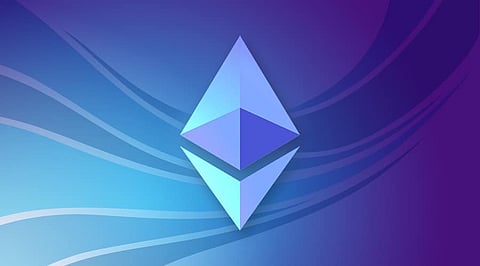

The Cryptocurrency market is abuzz with activity and the latest being Ethereum's big changes. Anticipated by many market experts, Ethereum is the second-largest Cryptocurrency in the market, next to Bitcoin. The world's most used blockchain network, Ethereum, is bringing changes to the proof of work system.
Cryptocurrencies are dependent on the blockchain, a new technology that maintains a ledger of timely transactions. These ledgers are shared on computers globally and are decentralized. In simple terms, the ledgers are not operated by a central authority or a bank.
The first blockchain to ever be created was Bitcoin by Santoshi Nakamoto. While the identity of the man remains a mystery, his accomplishments solved the problem of double-spends in digital cash projects. How? The blockchain records every transaction on its network, so if someone is trying to reuse a Bitcoin, they would be easily caught.
The concept created by Santoshi Nakamoto wasn't particularly new. Proof of work systems existed before Bitcoin's arrival in 2008, but it was never put to use. Cryptocurrencies now use the blockchain to verify transactions and publish them to a public chain every few minutes. This is done by crypto miners which has another purpose too.
When Bitcoin was launched, it was worth nothing compared to what it is now. Eventually, its value increased because of miners and their race to validate blocks and earn rewards. This has created a new problem; mining is now energy-heavy and expensive. Hence, proof of work got criticism from environmentalists all over.
Let's now talk about proof of stake. The logic behind this new system is to have a secured blockchain via a carrot and stick incentive for checking and cross-checking transactions collectively. Here's a breakup of what happens.
• To take part in this initiative, participants should stake 32 Ether tokens.
• From the lot, people will be chosen at random to become validators for a batch of transactions.
• Validators will then share the new blocks with a group of members who are chosen to be attestors, 128 attestors to be specific.
• The attestors will review the work and accept or reject it accordingly. For every successful completion, the validators and attestors will be rewarded with free Ether.
Switching to proof of stake will cut down Ethereum's energy consumption significantly, bringing down its carbon footprint. It will also increase the network's speed and become a superior platform for financial and commercial transactions. From 30 transactions per second, it can go up to 100,000 transactions per second.
Join our WhatsApp Channel to get the latest news, exclusives and videos on WhatsApp
_____________
Disclaimer: Analytics Insight does not provide financial advice or guidance. Also note that the cryptocurrencies mentioned/listed on the website could potentially be scams, i.e. designed to induce you to invest financial resources that may be lost forever and not be recoverable once investments are made. You are responsible for conducting your own research (DYOR) before making any investments. Read more here.
